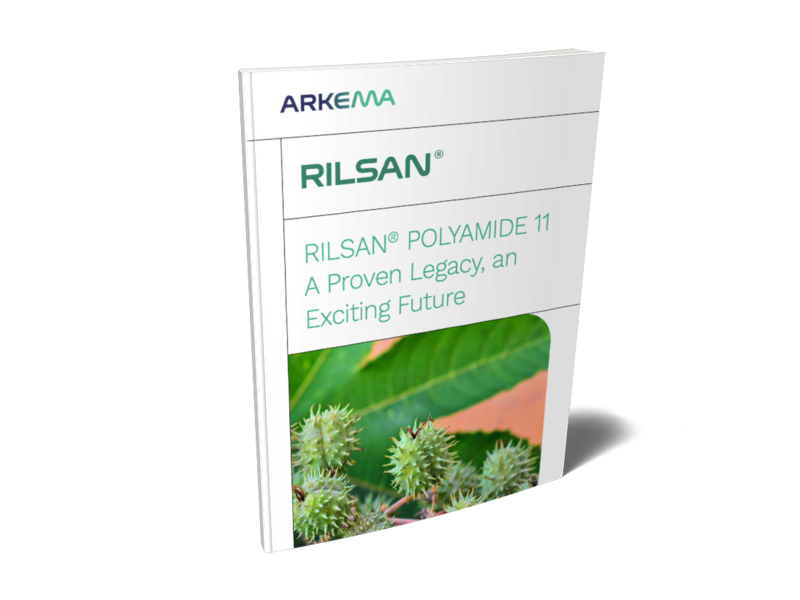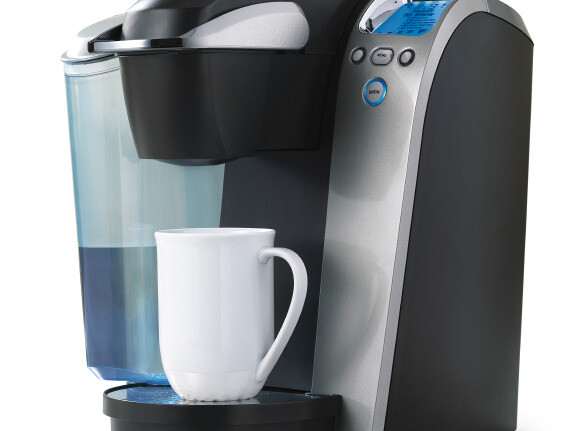Rilsan® Polyamide 11 (PA11)
What is Rilsan® PA11?
Rilsan® polyamide 11: The unique "11-carbon chain" yields a specific crystallinity profile that is very high in hydrogen bond density. This contributes to higher melt point, lower fuel and gas permeability, and improved impact properties compared to 'the more traditional' polyamide 12. Polyamide 11 typically is more flexible, has better dimensional stability, and better impact properties compared to typical short chain polyamides.
Rilsan® polyamide 11 is easy to process using most processing technologies (extrusion, extrusion blow-molding, injection molding, and rotomolding). The polyamide 11 matrix accommodates countless additives and filling agents, such as plasticizers, stabilizers, colorants, lubricants, impact modifiers, glass fiber, carbon fiber, etc. Polyamide 11 has a wide range of working temperatures (-40°C to +130°C).
Arkema produces Rilsan® polyamide 11 in France, USA, and China.
Explore further:
A Unique & Transparent Bio-based Value Chain

Renewable Castor Oil Feedstock
Arkema is a global pioneer in amino 11 chemistry derived from castor oil. Simply stated, this means we have unique know-how to specifically cleave the 18-carbon castor oil chain into an 11-carbon (C11) and a 7-carbon (C7) fraction. The C11 fraction is further reacted in a complex series of highly specific steps to produce the amino 11 monomer (aminoundecanoic acid).
This monomer is then polymerized either alone or in combination with other comonomers to produce some of the world's highest performing polyamide resins.
They are either entirely or partially bio-based / renewable and have a favorable climate change impact compared to conventional polymers derived from fossil fuels (petroleum). Detailed life cycle analysis (LCA) may be discussed upon request.
A Proven Legacy
Invented in France during World War 2, Rilsan® polyamide 11 was considered an essential polymer during the evolution of the modern automotive design and in several more recent innovations like additive manufacturing (3D printing), high-pressure deep-sea oil production, lightweighting, replacement of metals & rubbers in cars and trucks, and in next-generation high-performance sports shoes.






